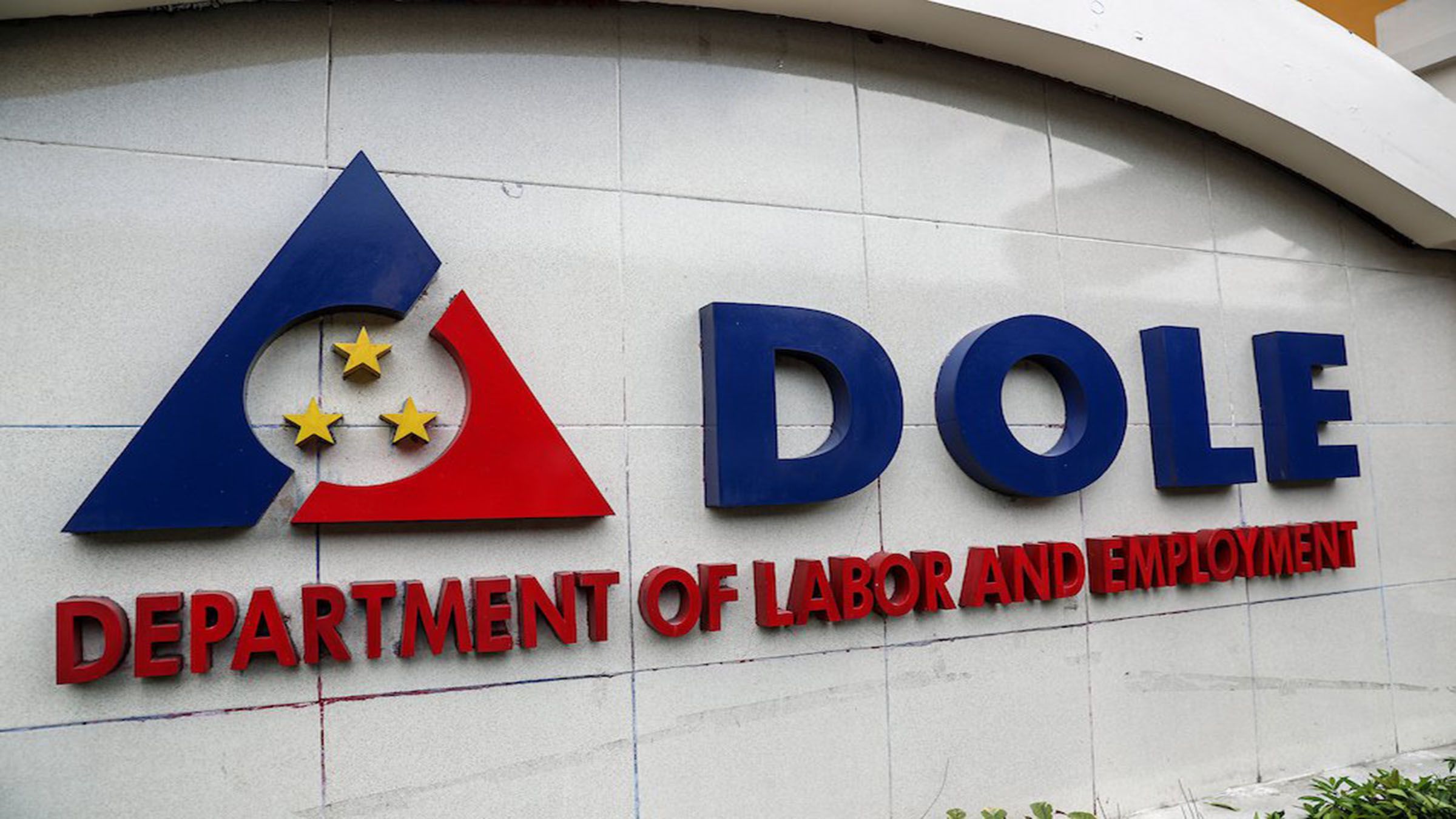The Department of Labor and Employment orders a wage review to determine if the country needs another increase in minimum wages due to inflation.
The Department of Labor and Employment (DOLE) ordered regional wage boards to review whether another round of increases for the country's 4 million minimum wage earners could be imposed next year to mitigate the impact of soaring food and other basic commodity prices.
“This (wage hike) is something we are studying. We are not disregarding recent events. That’s why our Regional Tripartite Wages and Productivity Boards (RTWPBs) have the directive that even though we just recently issued wage adjustments, we will still consider the current situation so we can help our workers and entrepreneurs.” Labor Secretary Bienvenido Laguesma said.
Laguesma took note that wage adjustments can only be made once per year. However, the RTWPBs are already assessing the factors such as recent typhoons and disasters, the ongoing pandemic, and the high inflation that could merit another pay rise for workers, Inquirer reported.
The most recent minimum wage increases took effect in June 2022, following a spike in fuel prices caused by Russia's invasion of Ukraine, which sent global crude oil prices soaring.
Former Labor Secretary Silvestre Bello III said that workers in Metro Manila who are earning P537 a day might not be able to cope with their daily costs.
The minimum wage in NCR was raised by P33 to P570 a day and the increases in the regional minimum wages ranged from P30 to P110.
DOLE was coordinating with other government agencies such as the Department of Trade and Industry (DTI), the Department of Agriculture (DA), and the National Economic and Development Authority (NEDA) regarding the planned provision of fuel subsidies and other non-wage benefits.
Elmer Labog, chair of militant Kilusang Mayo Uno (KMU) said Metro Manila minimum wage of P570 was only P494 when adjusted for inflation.
“It is not even considered a living wage and now, the value of the minimum wage worker’s salary has been reduced because of high inflation.” Labog added.
In October, inflation reached its highest level in nearly 14 years, 7.7 percent, the largest increase since December 2008. It is expected to rise further because of supply constraints, particularly for farm products, following a series of typhoons that hit the country.
KMU urged President Marcos to implement a wage increase immediately, citing expectations that inflation will remain elevated and may even peak in the next two months.
Unemployment rate
Meanwhile, the Partido Manggagawa called on Congress to enact a P100 increase across the board in response to inflation.
This arose as the Philippines continued to reap the benefits of an economy free of crippling lockdowns and mobility restrictions in 2021, with the unemployment rate approaching pre-pandemic levels of 5 percent in September.
The latest monthly Labor Force Survey (LFS) showed that there is a lower jobless rate compared to 5.3 percent in August and 8.9 percent in September 2021.
National Statistician Dennis Mapa said that the number of Filipinos of working age who were actively looking for work but were not hired fell by 183,000 to 2.5 million in September, down from 2.68 million in August.
The number of jobless Filipino declined by 1.78 million from 4.28 million in September 2021.
Last September, there were 50.08 million working-age Filipinos who had jobs or were looking for jobs. This was 470,000 fewer than the 50.55 million recorded in August.
Mapa said that those who were left at the labor pool were going back to school (41 percent) and had to attend household or family responsibilities (30 percent).
“The unemployment rates in the last three survey rounds [5.2 percent in July, 5.3 percent in August and 5 percent in September] bring us closer to the prepandemic full-year average of 5.1 percent in 2019.” he added.
The average unemployment rate this year has been 5.8 percent, down from 10.4 percent in 2020 and 7.8 percent in 2021.
Employment in various sectors
Based on the survey results, the following sectors employed a certain number of employees:
· Service sector – 59 percent or 28 million Filipinos
· Industry sector – 19 percent or 8.85 million Filipinos
· Agriculture sector – 22 percent or 10.7 million
· Manufacturing sector - had the greatest increase in the workforce, increasing its employees to 4.45 million by adding 780,000 people.
· Education sector – Added 159,000 workers
· Public Administration and Defense – Added 128,000 workers
The wholesale and retail trade sector let go of the biggest number of workers at 335,000 individuals.
The administrative and support services workforce shrank by 289,000, while the construction industry shed 197,000 workers.
Tags: #DOLE, #Employment, #MinimumWage, #WageReview
